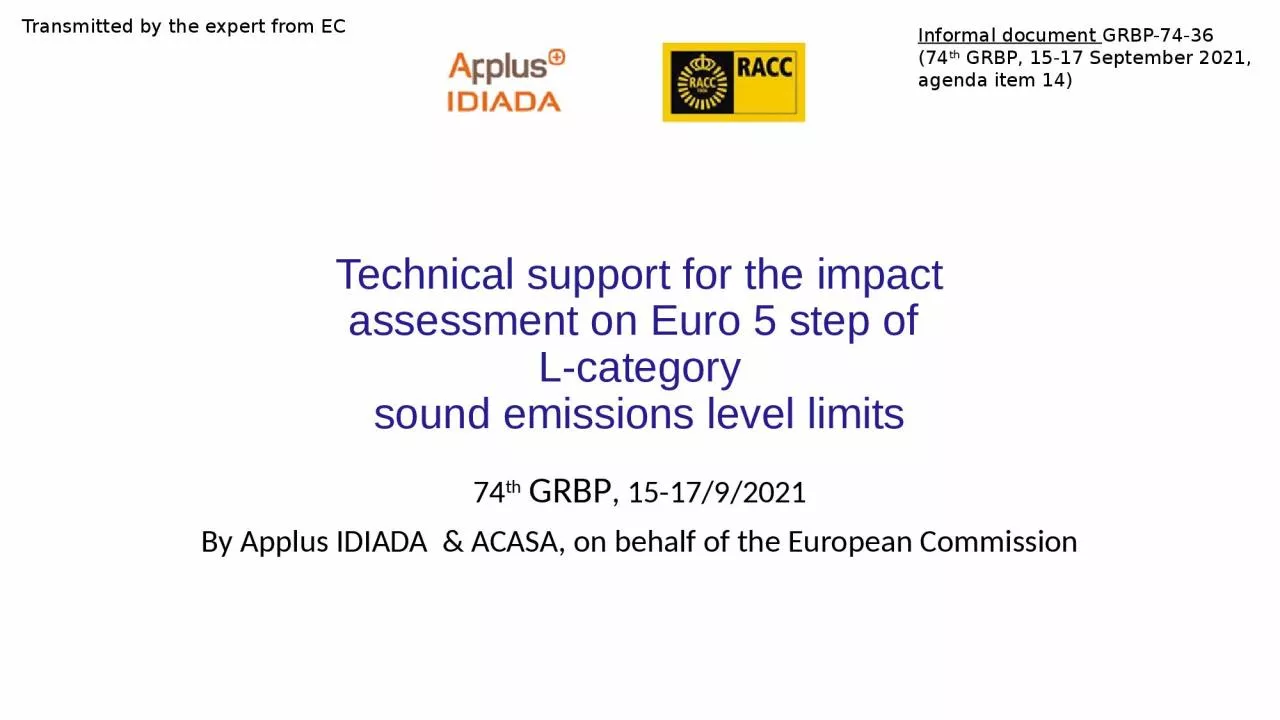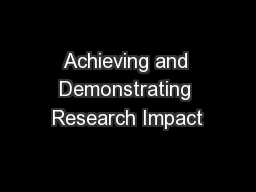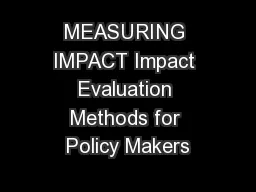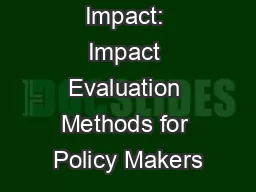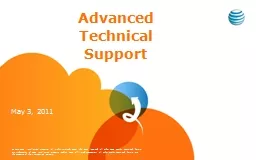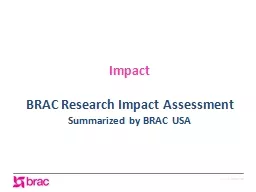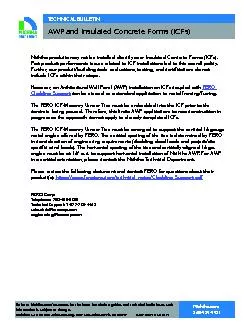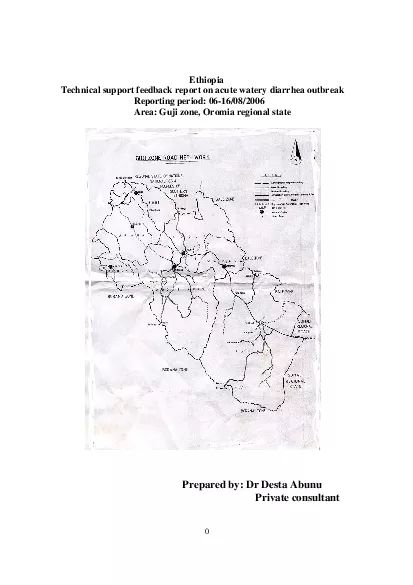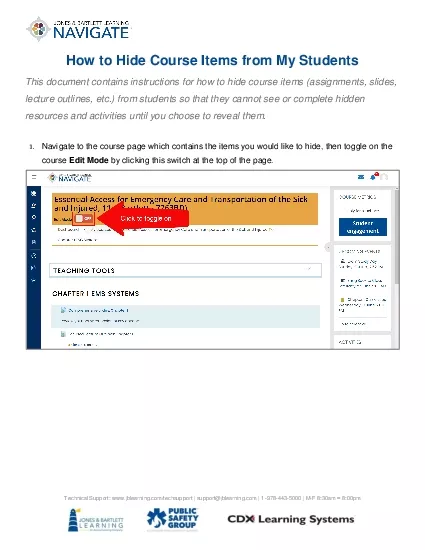PPT-Technical support for the impact
Author : TootsieWootsie | Published Date : 2022-08-04
assessment on Euro 5 step of Lcategory sound emissions level limits 74 th GRBP 151792021 By Applus IDIADA amp ACASA on behalf of the European Commission Transmitted
Presentation Embed Code
Download Presentation
Download Presentation The PPT/PDF document "Technical support for the impact" is the property of its rightful owner. Permission is granted to download and print the materials on this website for personal, non-commercial use only, and to display it on your personal computer provided you do not modify the materials and that you retain all copyright notices contained in the materials. By downloading content from our website, you accept the terms of this agreement.
Technical support for the impact: Transcript
Download Rules Of Document
"Technical support for the impact"The content belongs to its owner. You may download and print it for personal use, without modification, and keep all copyright notices. By downloading, you agree to these terms.
Related Documents

